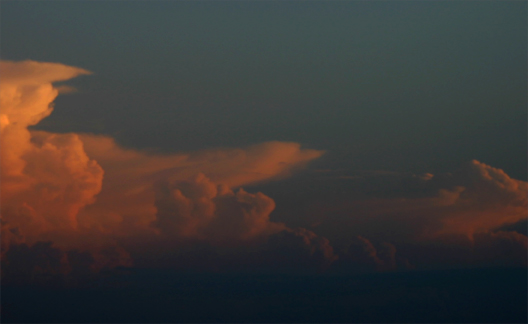Ozark History
by Joshua Heston
Don’t forget. Don't forget the history beneath your feet; beneath your parking lot.
The Ozarks have always been a crossroads.
These hills were the home of the Caddo and the Osage.
The Ozarks became a place of legend when Spanish conquistedors came to the hills. Stories of buried silver mines, lost loves, and secret caves hidden in the pines and oak came and passed into history.
As the Great American West opened up to settlers, the Ozarks again became a crossroads. The Old Wilderness Road became the “Wire Road” (as the new-fangled telegraph was strung between Missouri and Arkansas).
The Butterfield Stage began making regular stops.
These hills, with a geography stretched from across the piney woods of Texas, the great plains of Kansas, and the Midwestern industry of St. Louis, were a crossroads of Western expansion.
The War Between the States brought suffering, deprivation, destruction.
It brought death.
After the war, the Ozarks were a no-man’s land where bushwhackers — and later baldknobbers — routinely murdered those in their way.
The hills were no longer a crossroads, but a place of danger and desolation.
Law and safety slowly returned to the Ozarks, brought about in part by the influence of preachers and the establishment of churches. In time, the Ozarks became known as a place of craftsmanship, music, and old-fashioned values.
But don’t forget. Don't forget there is a rich, and sometimes very bloody history, right under your nose.
Don’t forget the Ozarks are a crossroads of legend and history. Don't forget there’s backbone, grit and faith here to sustain through good times and bad. And don’t forget the talent, the patience and the faith that made these hills a place worth visiting today.
A family-friendly Las Vegas? A Midwestern vacation destination?
Hardly. Don’t insult the heart and soul of what made these hills. And don’t lose the very thing that draws others to them.
plate 1. A towering cumulo-nimbus formation over the Lake of the Ozarks region, Brookfield, Missouri, August 7, 2006.
“In memory of that beautiful summer in the Ozark Hills, when, so often, we followed the old trail around the rim of Mutton Hollow — the trail that is nobody knows how old — and from Sammy's Lookout watched the day go over the western ridges.”Harold Bell Wright, 1907
“Missouri stood with back to the Mississippi and face to the plains — the Missouri River formed a highway to the Rocky Mountains and beyond. By mid-nineteenth century, American enterprise stood prepared to leap across the prairies with Missouri as base of operations and gateway for the conquest of the West.” — Excerpted from the Missouri State Museum, Jefferson City, Missouri
Where is the center of the Ozarks?
And what is the capital? It's always been a little hard to tell. In times past, Springfield was referred to as the Queen City of the Ozarks.
Eureka Springs, that “Siloam of the Afflicted,” serves as a cultural counterpoint to the Baptist leanings of its northern neighbor. These days, I'd give the title to Branson, knowing full-well the kind of arguments that could bring.
But if Branson is the center, then where do you go from there? Into the hills.
by Joshua Heston
from Phyllis Rossiter:
The so-ancient hills that are “nobody knows how old” seem to wait with a timeless expectancy for the next act in the eons-old drama we call the Ozarks while we, the players, try to straddle the barriers between past and present - struggling to keep one foot firmly in the Ozarkian past and one in the easier-living present. Betwixt and between, modern Ozarkers are, living on the ragged fringes of our time frame.
And the Ozarks is bewitched. Not even modern highways and bridges and manmade lakes can change that. If you were born here, and went away, you feel the pull of the hills. If you have visited, you know that someday you must return.
— Page 13, Rossiter, Phyllis, A Living History of the Ozarks, Pelican Publishing Company Inc., 1992, 2001, 2006.
From Charles Morrow Wilson:
Following the Civil War, the [African-American population] drifted out of the Ozarks....[Their loss] was unquestionably the gravest sociological loss suffered by the Ozarks region. More than any other one component of frontier population the Negro had added depths and richness to the folk culture of the region and to its potential scientific and economic development.
George Washington Carver, born and raised a slave in the lower Missouri Ozarks, typified the magnificent Negro talent which, due to avoidable mass prejudice and degeneracy, has been substantially lost to the region. The...exodus of the Negro served to restore isolation and to return the the frontier roads to an era of prolonged lapse.
The half-century following the Civil War was the nation's most definitive era of land travel and settlements along or by means of through roads. For the most part the Ozarks lacked the latter and in great part they were bypassed by the most historic of Westward migrations.



